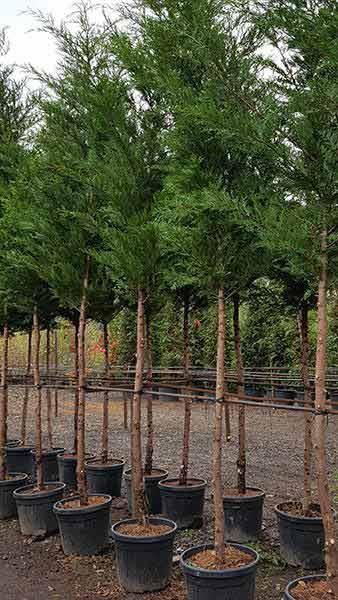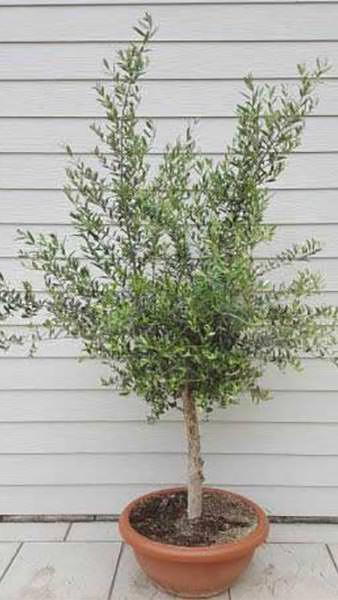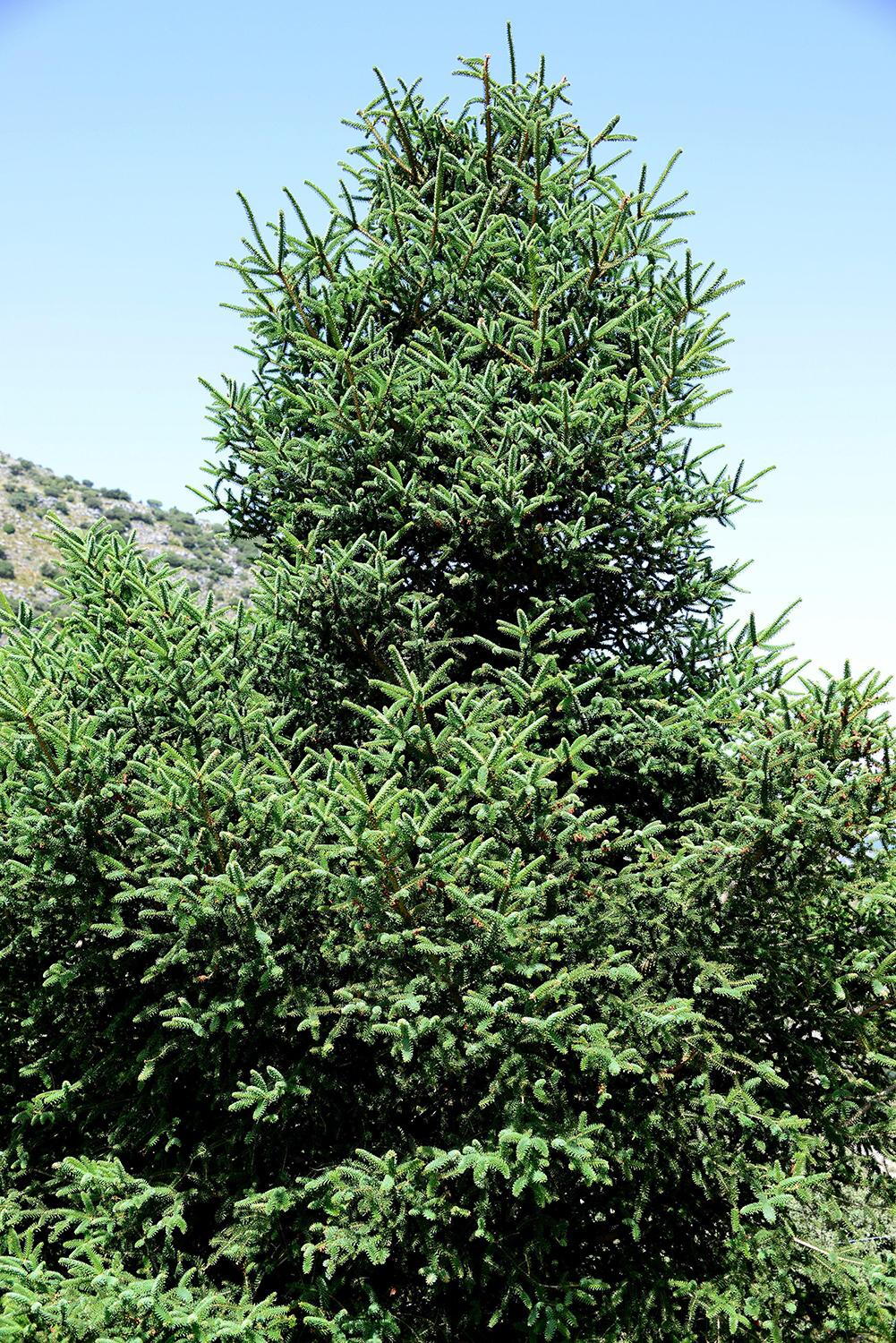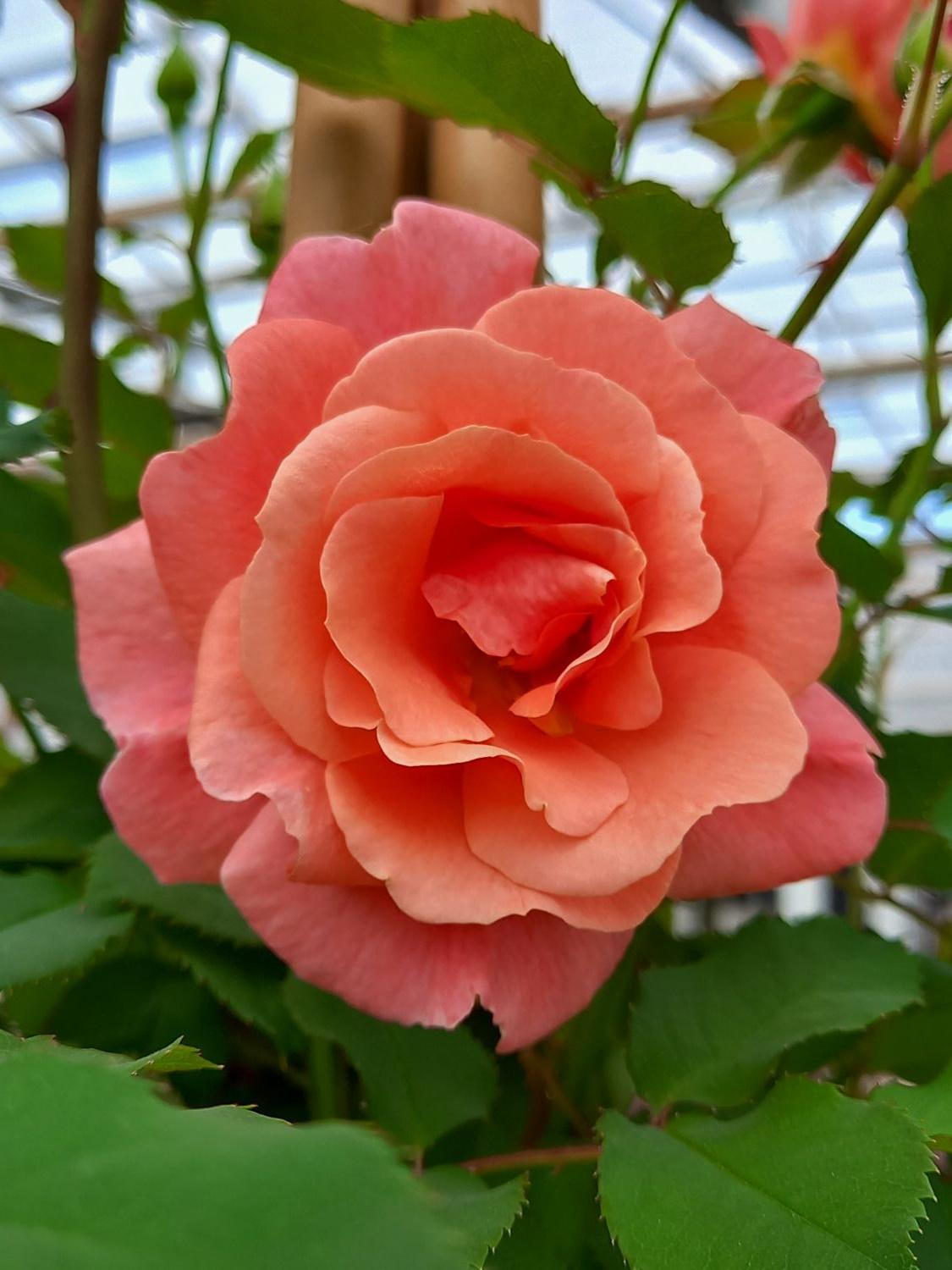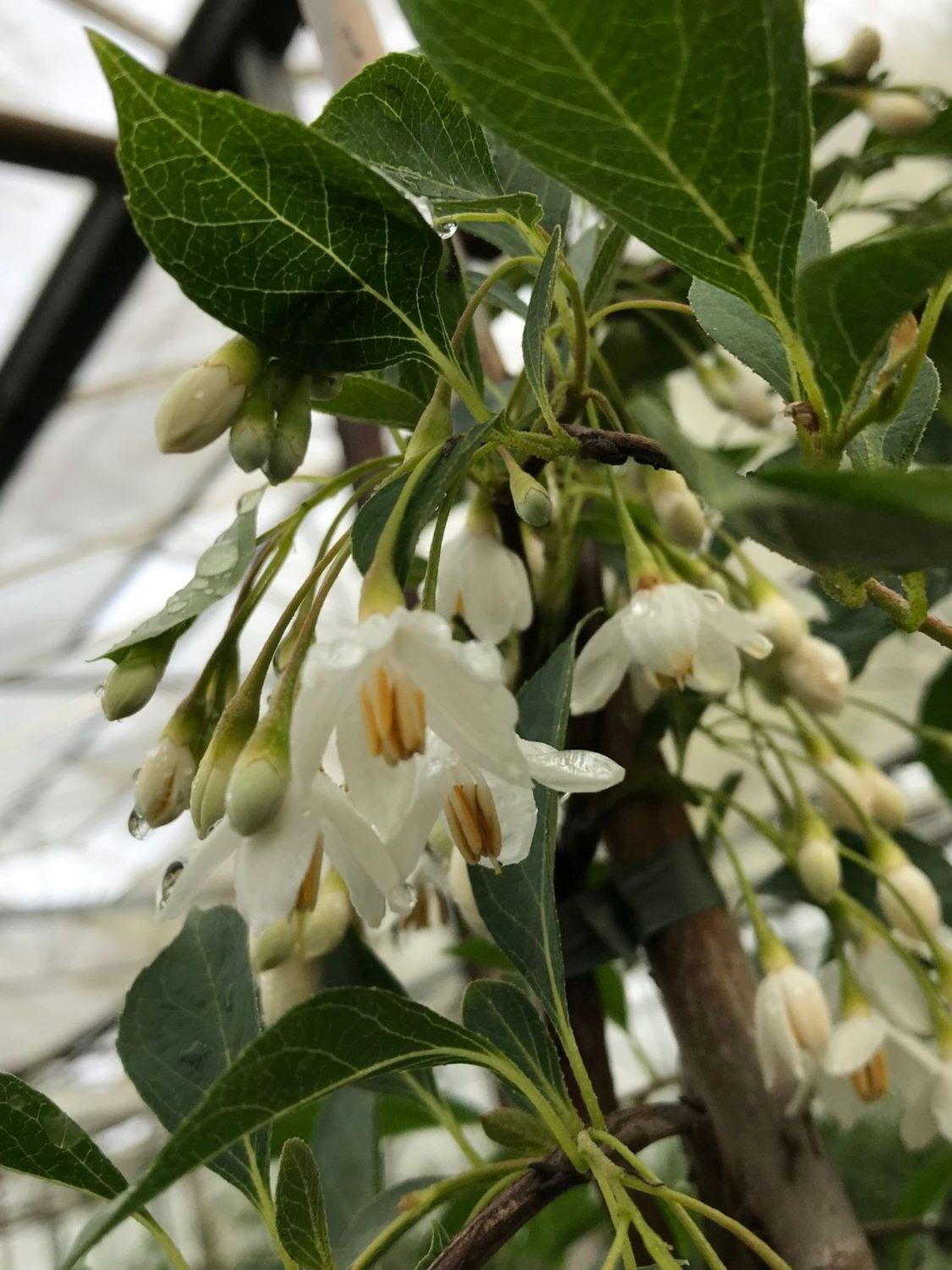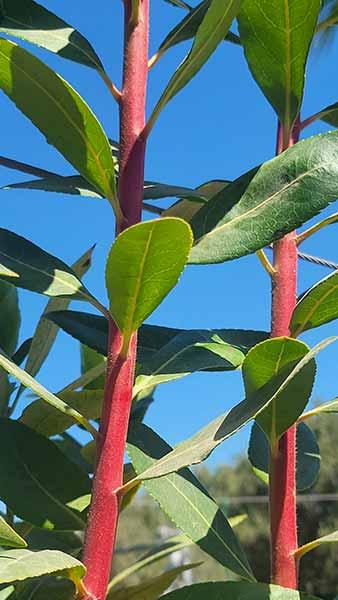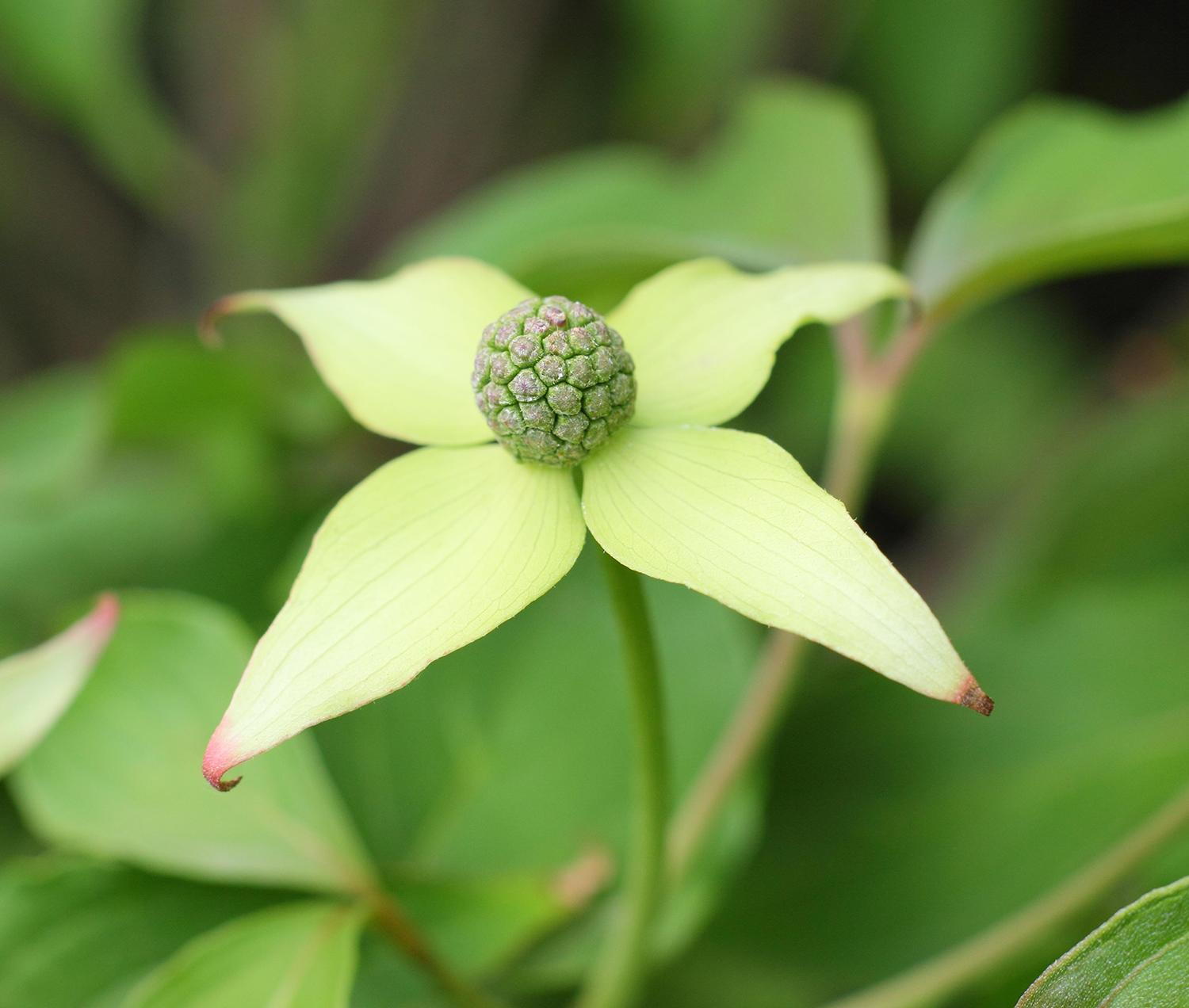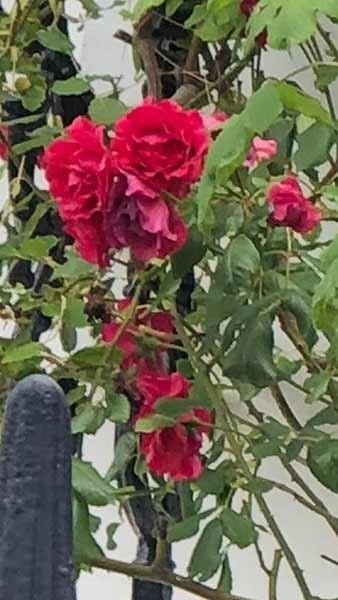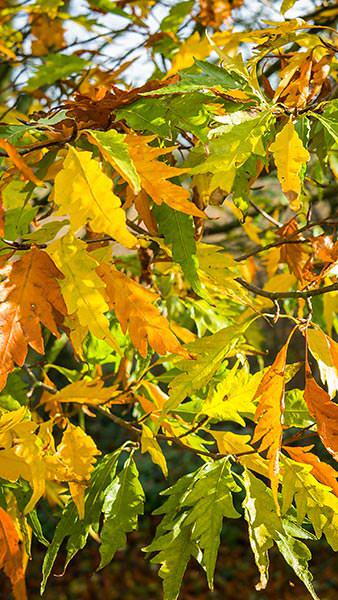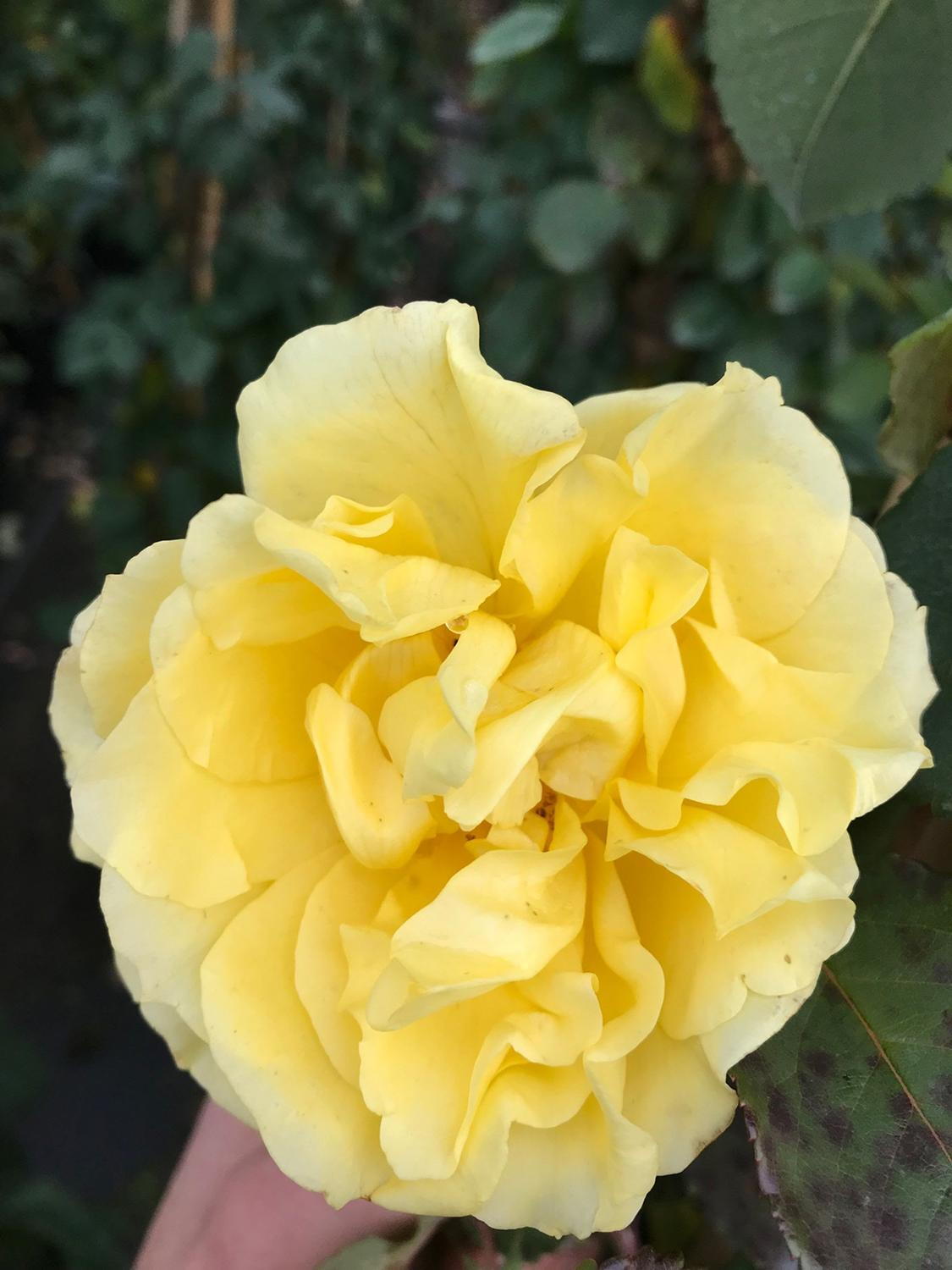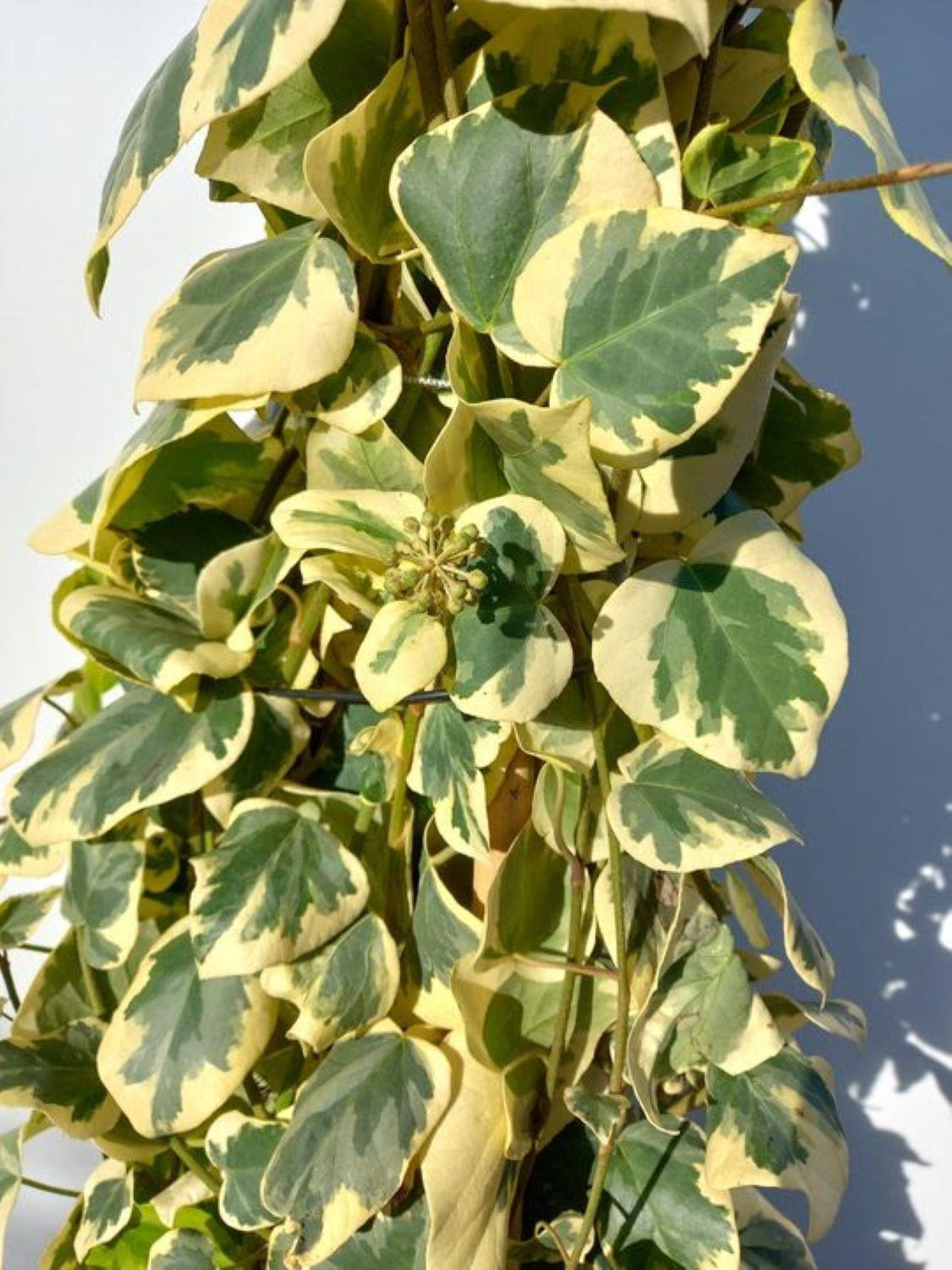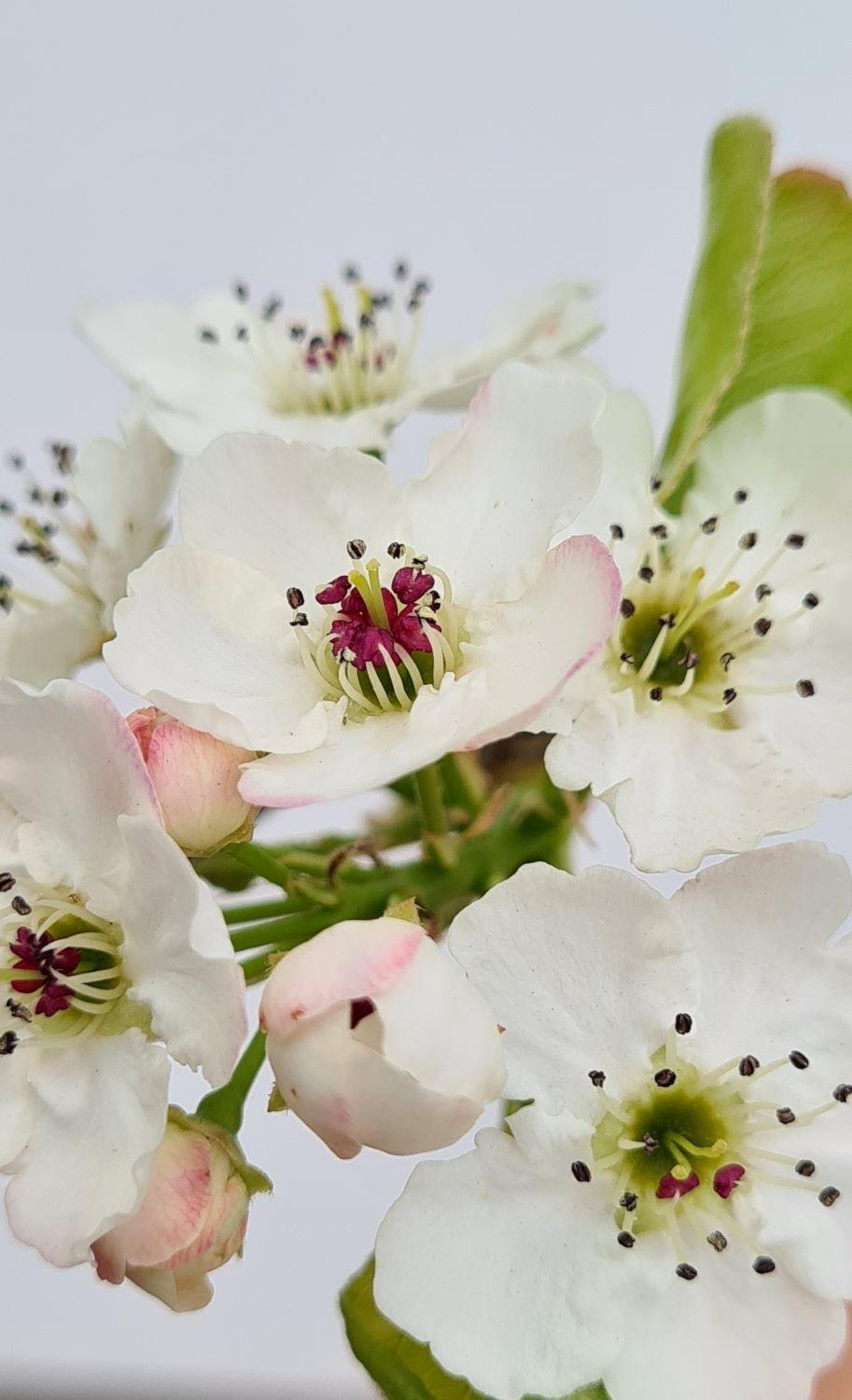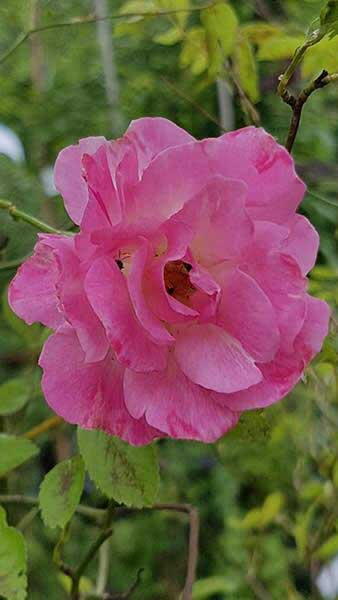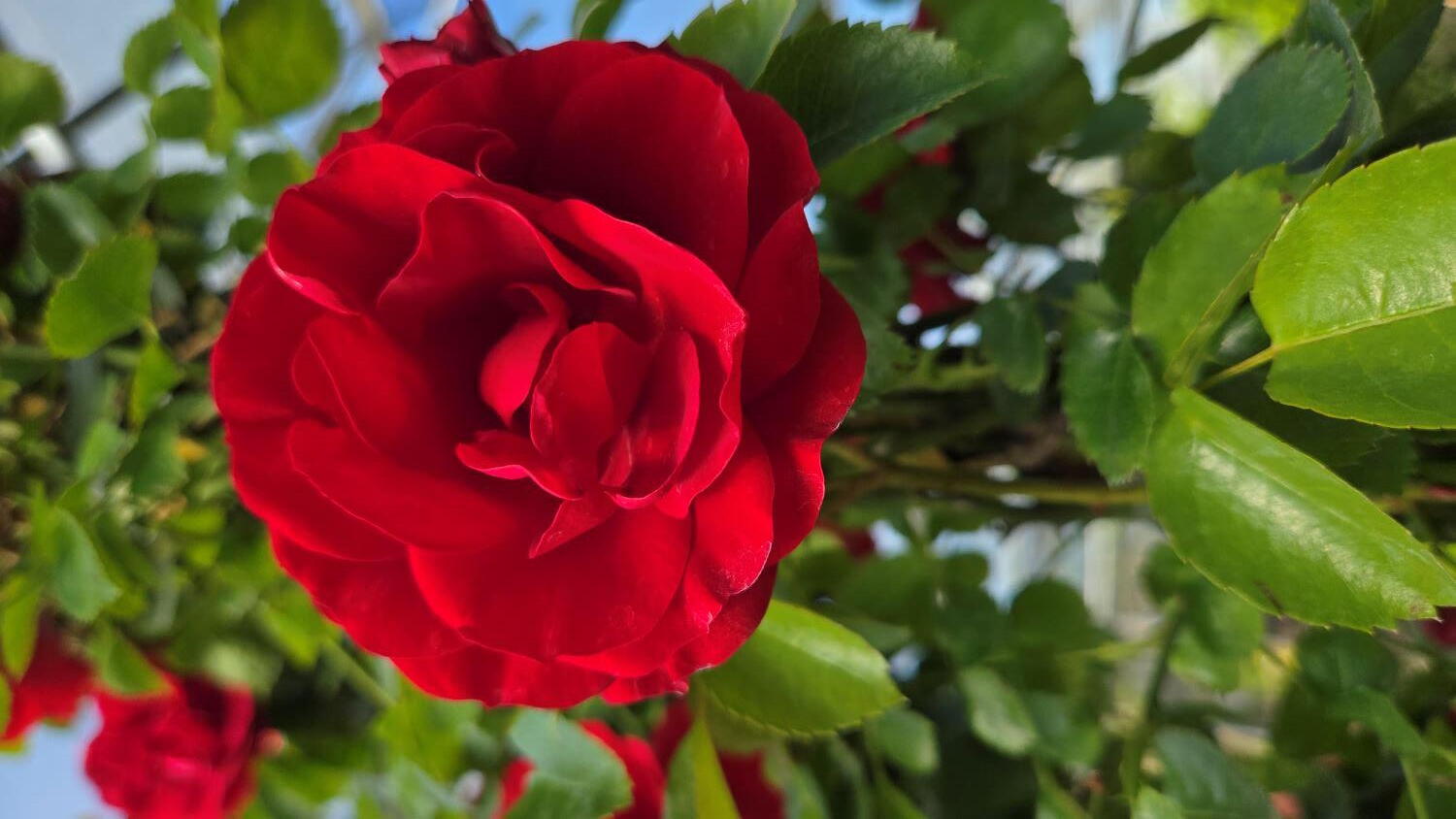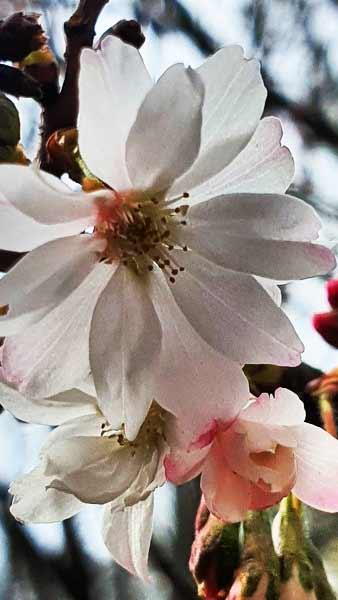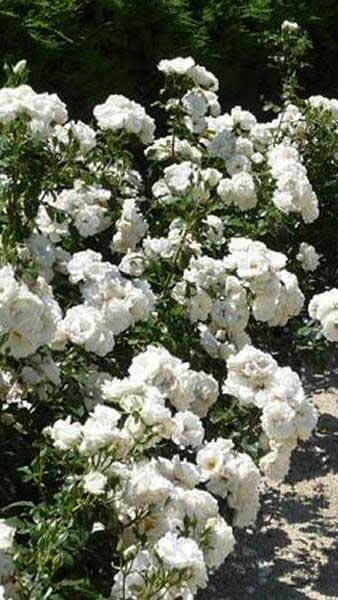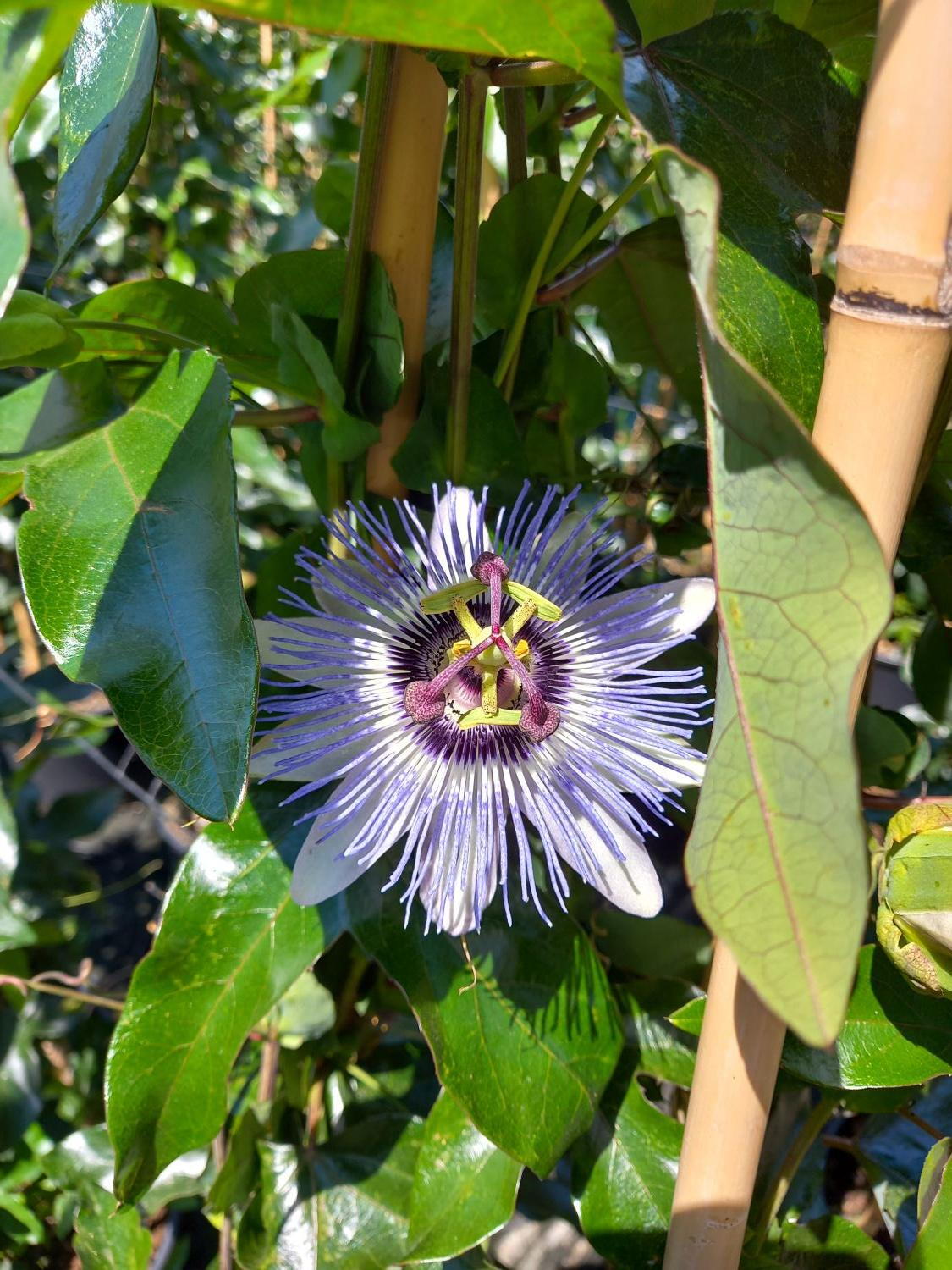Pyrus Calleryana Chanticleer Callery Pear Multi Stem Pear
Pyrus Calleryana Chanticleer Callery Pear Multi Stem Pyrus Calleryana Chanticleer, a medium-sized deciduous fruit tree better known as Callery Pear Chanticleer, is popular for its highly-decorative appearance. The specimens we offer are shaped as multi-stemmed trees.The glossy, ovate leaves unfold dark green. The dense foliage offers texture and a burst of vibrant colours in the autumn, when leaves turn to vivid shades of purplish-red, crimson, yellow, bronze, and orange. The multiple brilliant hues can sometimes all be present in a single leaf. In the spring, abundant clusters of single, white flowers cover its slender branches, just before the foliage develops completely. The blossoms are followed by small, globose, brown fruit. Although inedible, the fruit is cherished by birds, who visit the tree often in the winter, when the hard fruits are softened by frosts.Easy to grow and to care for, Callery Pear Chanticleer is undemanding when it comes to optimal conditions. This ornamental tree will thrive in any soil, as long as it is fertile, in full sun to partial shade. Considered trouble-free, this variety is rarely affected by any pests and diseases. As it tolerates salt sprays and strong winds, Multi Stem Pear is suitable for coastal gardens. It is not bothered by urban pollution, either, and it can be used to add interest to city gardens.Although it belongs to species native to Asia, the Chanticleer variety was first selected in 1956, by Edward H. Scanlon in in Cleveland, Ohio. Tough and resilient, this Multi Stem Pear variety is fully hardy in the United Kingdom and performs well regardless of strong frosts or low winter temperatures.Callery Pear Chanticleer is a low-maintenance plant. Apart from occasional need for removal of dead and damaged growth, there is not much you need to do to maintain its health and lovely form. Growing in an upright, multi-stem habit, this cultivar can achieve a maximum height of 15 metres, with ultimate spread of 4 to 8 metres.Exceptional autumn colour of the foliage, elegant habit and showy spring interest make Pyrus Calleryana Chanticleer a great choice for a focus of interest in the garden. Trained as multi-stem tree, rather than a columnar one, this ornamental tree displays dense foliage, which lends itself well to screens and hedges. Combined with its tolerance of strong winds, this cultivar can be used as a windbreak, as well. And the wildlife will thank you for the fruits in winter.We also sell Pyrus Calleryana Chanticleer as a pleached tree and Chanticleer Callery Pear as a full standard tree (e.g. clear singel stem or trunk).
